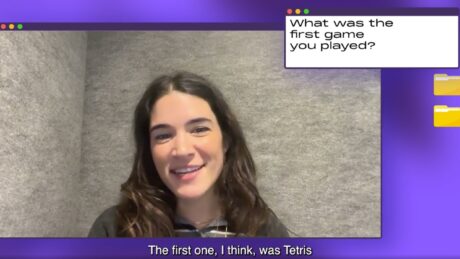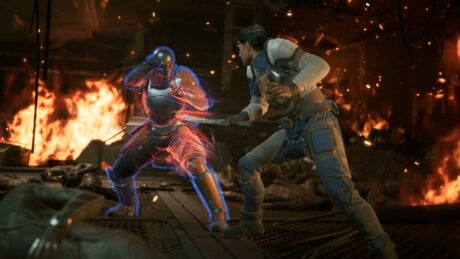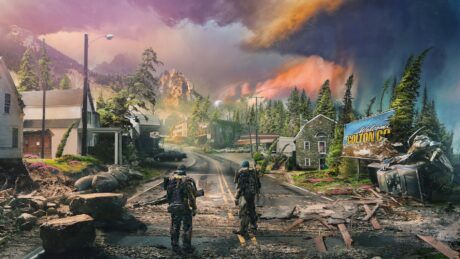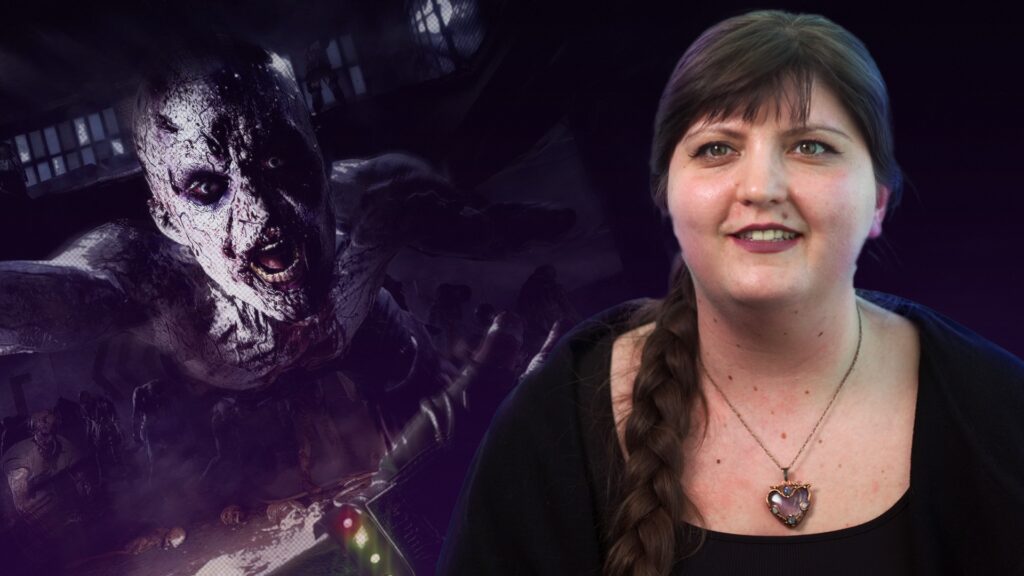
When it burst onto the scene in 2015, Techland’s Dying Light breathed new life into the survival horror genre with its seamless parkour mechanics and innovative day-night cycle.
Dying Light 2 Stay Human released in 2022. Set 15 years after the first game, it introduced a larger open world and a deep, complex narrative supported by even more refined gameplay mechanics.
This was followed by the game’s Reloaded Edition launched in Feb 2024, and includes two years of improvements from 10+ post-launch updates, as well as the first story DLC “Bloody Ties.”
We chatted with Techland’s Katarzyna Zielińska, the game’s lead concept artist, where she talked about the hard work behind-the-scenes from the dev team to ground the action game in reality.
Watch:
Level Infinite: The game’s fictional world of Harran is so rich and detailed. How do you bring your ideas to life?
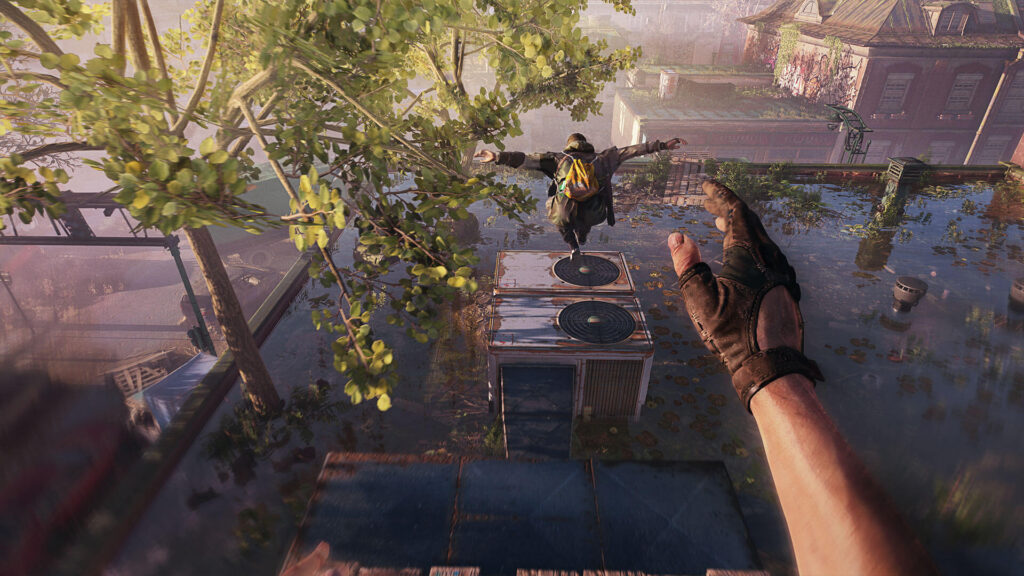
Zielínska: The most important thing is to get the basics right. For me as a concept artist, that means having the art and creative direction very complementary with the vision for the game. For me, that’s the starting point. It’s super important to do it in the pre-production phase as it takes years to prepare!
A strong foundation allows you to have very consistent art in the game later on, once we’re in production.
“If you skip pre-production, you’ll feel the pain later because there will be undefined and disconnected elements.”
Pre-production is crucial for defining all areas of the game, not just the visuals, but gameplay and everything else. If you skip it, you’ll feel the pain later in production because there will be undefined and disconnected elements.
It’s not just about the art, or the gameplay, or the story. Everything needs to work together to make a great game.
What was one of the biggest design challenges you faced?
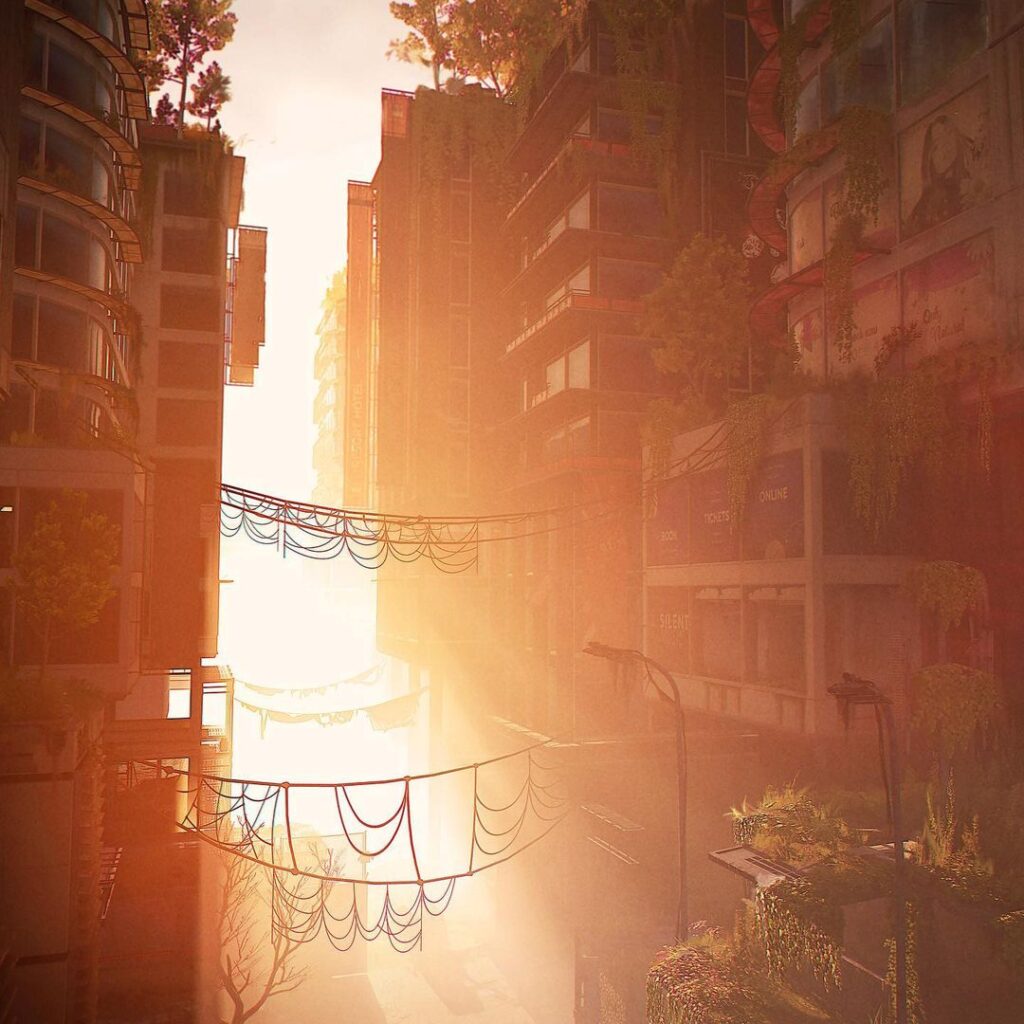
I truly believe that designing fully functional environments with parkour style movement is the hardest thing ever. If you find someone that can do it, they are a true wizard of game dev. It is so hard, especially when your game is based in the real world.
First and foremost, the game needs to be fun to play. At the same, though, time we can’t create things that are completely out of touch from the world. We need to find the line between fun and believable, that looks good and plays well.
“We need to find the line between fun and believable.”
We cooperate closely between the art and gameplay departments, but we also ask our players how they feel about specific elements. It’s constantly finding the right balance.
There must be a lot of moving parts to balance in such a big game. How do you keep everything pointing in the same direction?
The most important thing is to communicate. For me, as an artist, it’s important to have written information to support the visuals so I have enough context to understand the vision. It also helps me to share the knowledge with the team, so we communicate daily about what we’re working on.
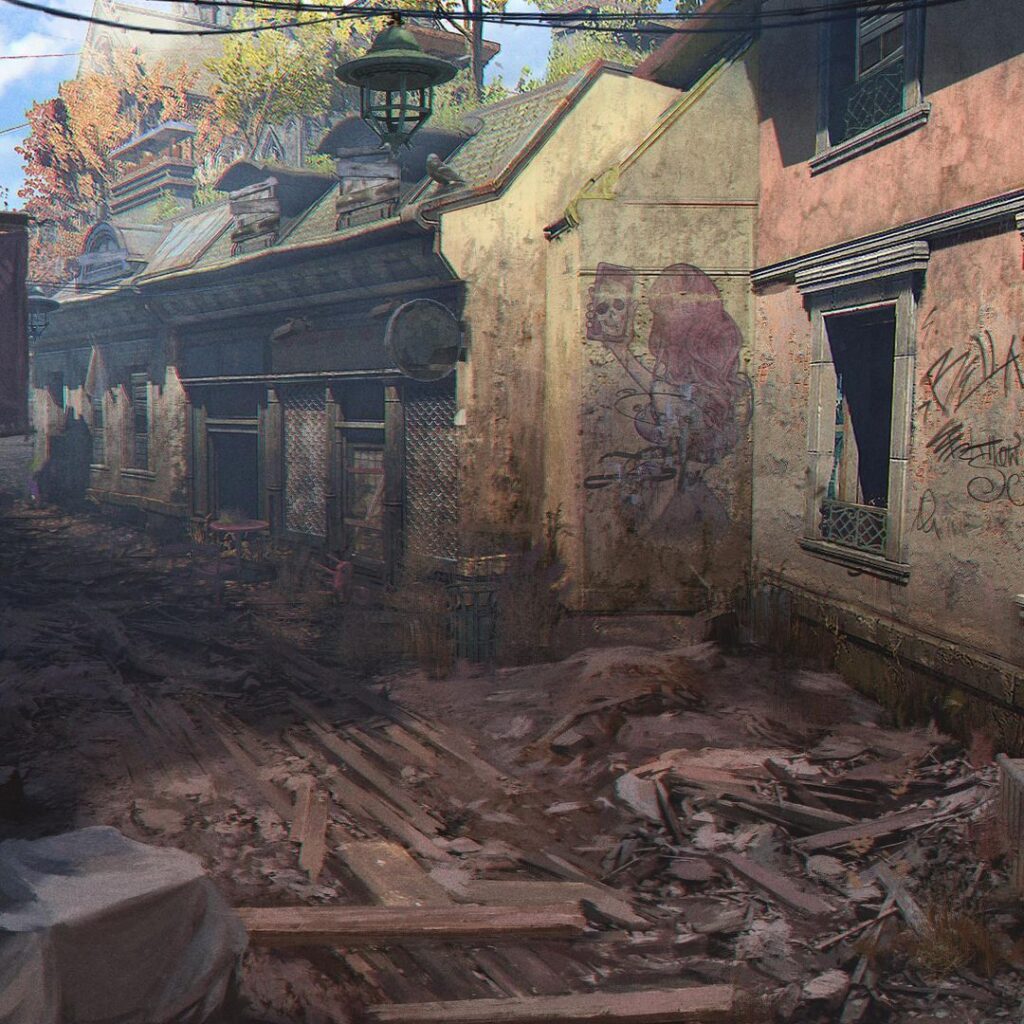
That’s really helpful, because sometimes we’re focusing so hard on tiny details that we forget about the bigger picture. Having someone on the team to review your work and talk about it, brings us back to the wider context of what we’re doing, and it makes sure the overall vision stays consistent.
We also have clear paths to feedback to the leader level, and that’s also really helpful for consistency.
Players tend to expect a lot from a sequel. How do you manage expectations?
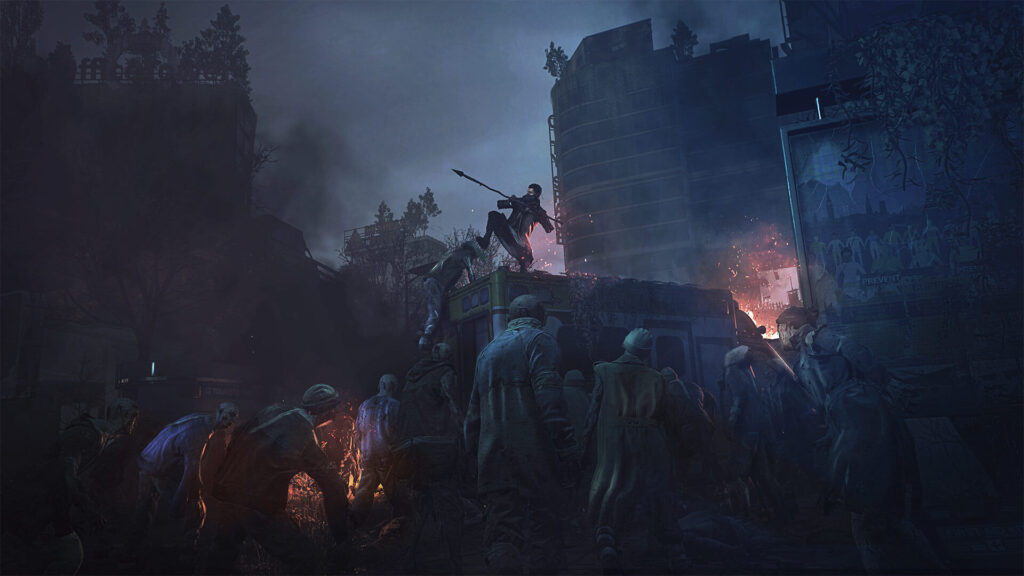
Our players already know what to expect from us from previous games. So we have to deliver something that’s at least as good as that.
This means we need to make very conscious design decisions. We can’t just say “okay, this looks cool, let’s do it.” It needs to make sense, and it needs to be achievable—the games are so big that when we commit we need to make a real leap of faith and be brave about doing something differently.
You’re clearly passionate about your work. How did you land a job at Techland?
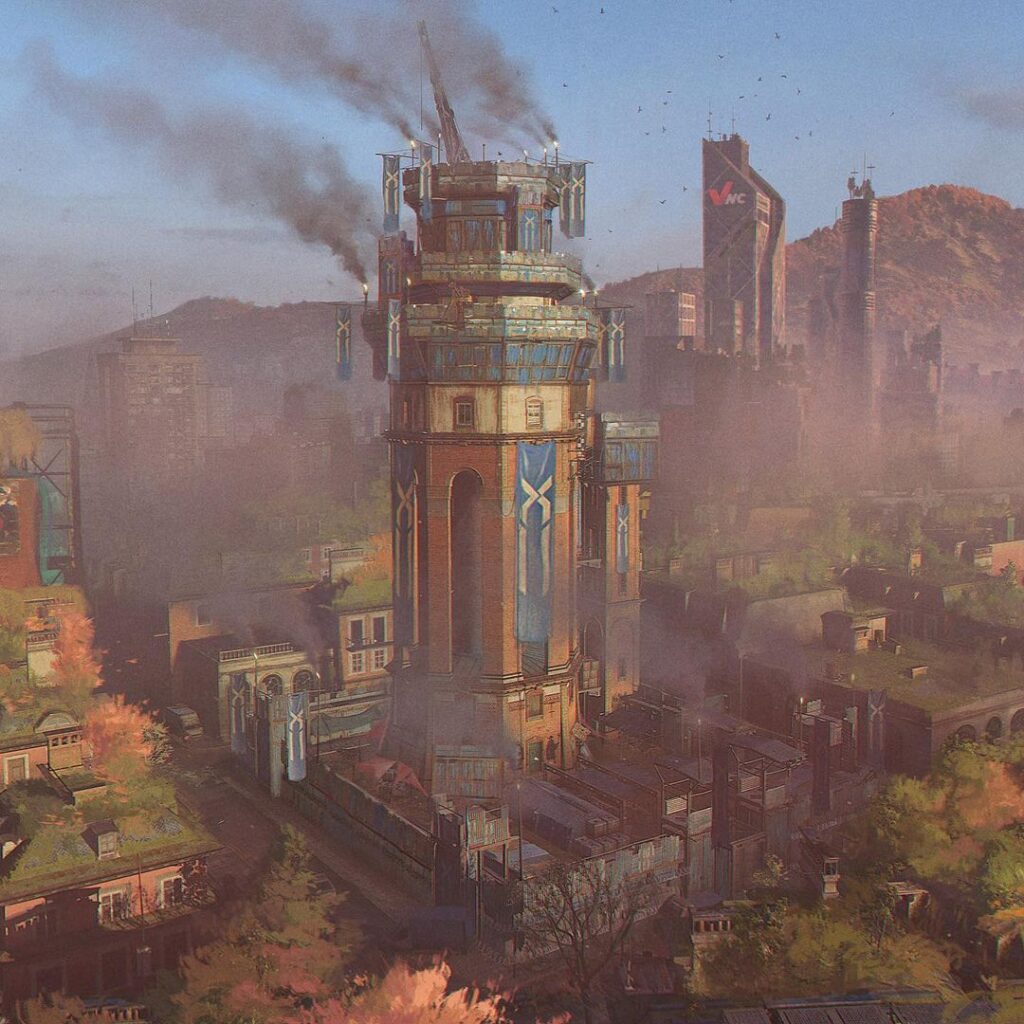
Before Techland I worked on indie games for nearly 10 years. The quality expectation was much different back then. I was working for the indie games. It really was a few people, with a small budget, working out of their garage.
“I want to work on this game. I just…need to.”
I saw the reveal trailer for Dying Light at E3, and I was so hyped. I thought, “I want to work on this game. I just…need to.”
So, I shut myself in my apartment for a month to build a portfolio specifically to look like the designs from Dying Light. When I was finished I posted it to social media. Techland heard about my work and asked me to join them. It was crazy, really the best scenario possible. So now, I’m working on much bigger games with much bigger budgets.
(Editor’s note: We found the post where Techland discovered her work and did a shoutout on Facebook back in 2019.)
What keeps you busy outside of work?
I do a lot of Magic: The Gathering of illustrations. I wanted to work for Wizards of the Coast for like 19 years before I started to do anything for them. My brother was playing a lot of Dungeons & Dragons back then, and I was stealing his books to look at the pictures.
It’s a lot of fun. It’s super cool to dive into more illustrative work. It’s more about setting a single scene that reflects the card mechanics, and very different to working on AAA games!
Dying Light 2 Stay Human – Reloaded Edition, which features two years of improvements from 10+ post-launch updates as well as the first story DLC, “Bloody Ties” is available for purchase on Steam, The Epic Store, PlayStation, Xbox. Check out the game’s official site for more.
